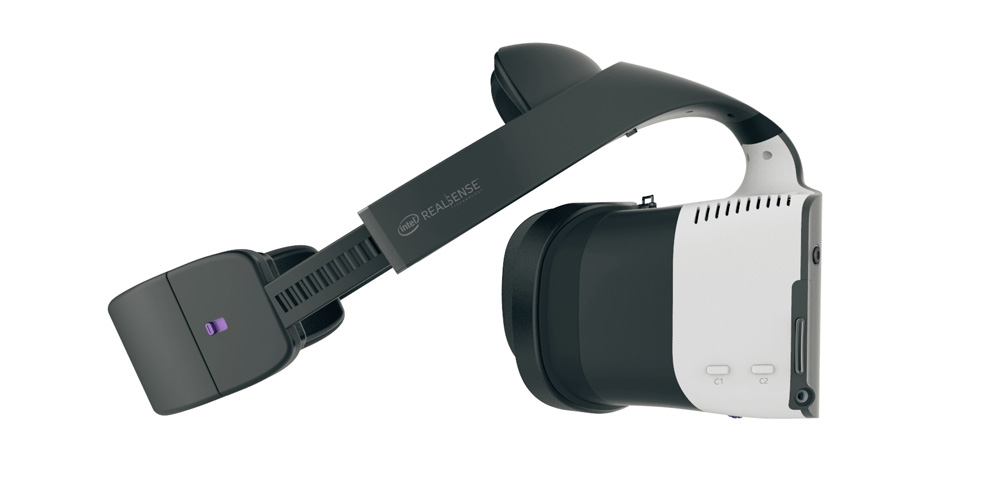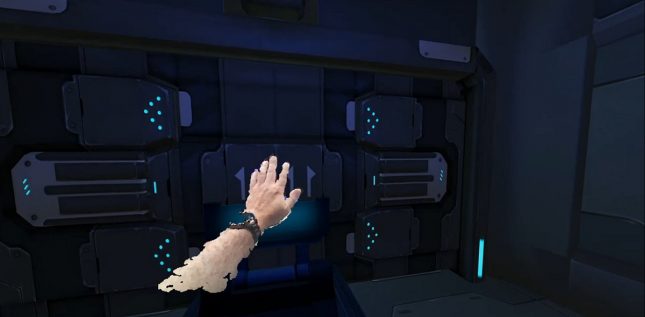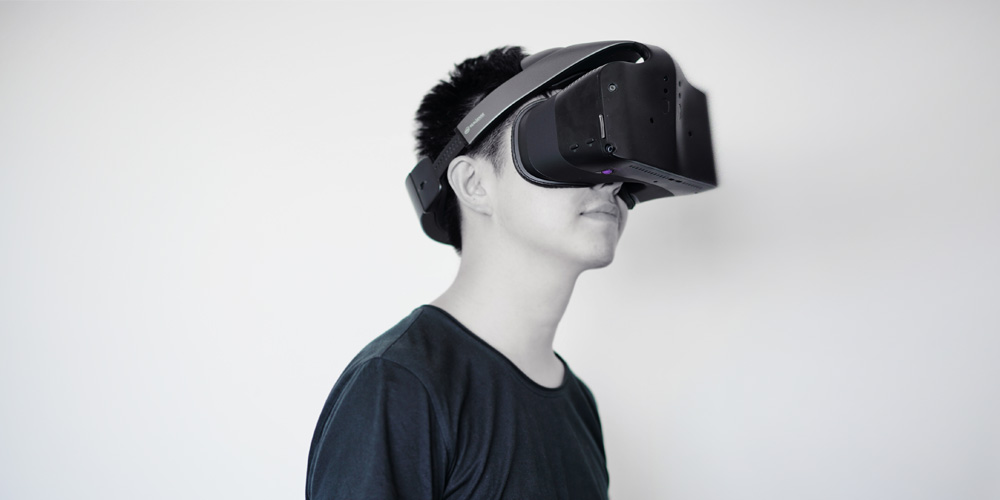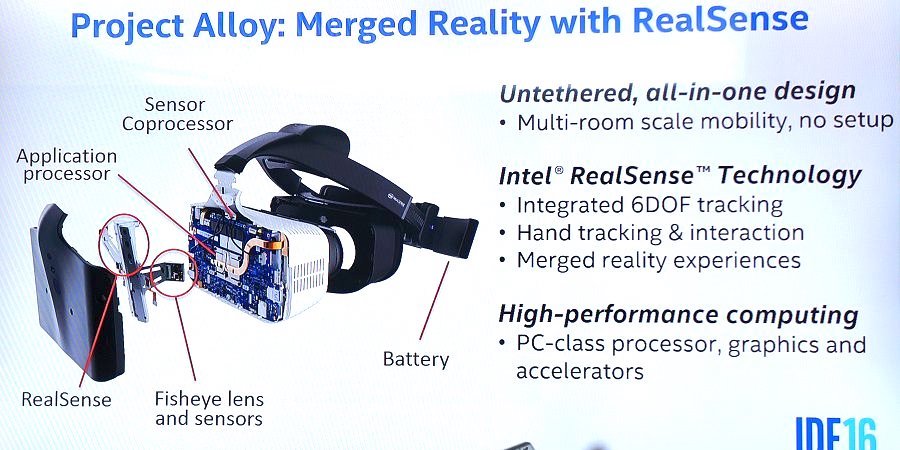What’s This Now? Merged Reality? Really?
LifestyleNewsTech November 16, 2024 Damon Mitchell
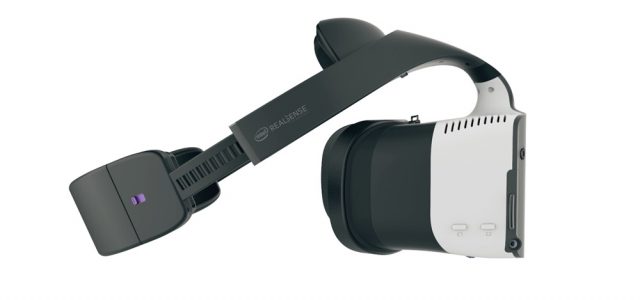
You can file this one under further proof that virtual reality is the fastest pony on the wearables horse track. It was all fine and good with players like Occulus, HTC, and Playstation, but now Intel is saddling up.
Announced at Intel’s IDF keynote address, Project Alloy aims to do things with reality that may shock you. Not only are they blurring the lines between our ever-expanding lexicon of reality definitions, they are blurring the lines between what is really real.
I know. It’s confusing. Let’s define merged reality, first.
It’s called “merged reality,” please.
Not virtual, augmented or mixed reality. Intel calls it merged reality.
Doubtful this will stick. It sounds like augmented or mixed reality. Was reality so bad that we needed another kind of reality?
The difference, according to Crunchwear’s notes from Intel, is that in merged reality you can pull real world elements into your virtual space. It’s almost the opposite of augmented reality.
You could, for example, pick up a bat to swing at a virtual ball, without breaking the vase on the table. The bat would be a virtual replication. intel proposes to do this without special controllers, utilizing their secret weapon. More on that in a second.
They’ve cut the cord.
Oculus, HTC and Playstation’s VR systems require users port their headsets into a PC. It’s a far superior experience to smartphone set-ups like Google Cardboard, which use the slower processor on your smartphone. Cardboard is wireless, but inferior.
Intel proposes to take the power of a PC portable. That means no wires, but a powerful experience.
That also means you’ll be wearing some serious technology on your head. Maybe they’ll make a backpack.
Either way, if there is anyone who can do this best, it’s Intel. Their business has been all about getting smaller and more powerful all along.
About that secret weapon.
If you don’t know about Real Sense, you should. It reminds me of the Microsoft Kinect set-up for Xbox. No surprise if you’ve heard about Microsoft and Intel’s history. They’re pals.
Read about Microsoft’s Hololens in this article.
Real sense is a combination of three cameras that act as one, a 1080p HD camera, an infrared camera, and an infrared laser projector. Together, that can give the right computer a sort of artificial awareness of the world.
In the initial applications of this technology was in games that could read your face. It could sense your fear by your expressions, ramping up the awareness of the game to tighten your experience.
On their headset, it would be the vehicle for animating objects, sensing your hands, face, and more. It’s so very exciting.
No, you can’t buy it yet.
The great thing about Bodyhacks is we like telling you about wearable tech as soon as we catch wind of it; especially if it’s about fitness or lifestyle.
That often means we tell you about products you cannot yet purchase. This is one of those times, but do not despair. Unlike the Dlodlo headset, these are from a company with a reputation.
Intel may have missed the smartphone boom, but they aim to take the bull by the horns with, um… merged reality. (Would somebody please give us a buzzword?)
The word on the street is that they present a working model by December of this year, with plans to launch next year. We expect Intel to move fast on this.
If you’re a betting person, we recommend putting a little more attention on Intel. It may be a good time to throw some cash at their prospects.
For all the studies on the future of health wearables, the hottest ticket by our accounts is the twisted reality of pairing technology. It’s a luxury technology, but people always find money for the things they want, sometimes at the cost of things they need, like food or medicine.
Don’t underestimate desire in this equation.
